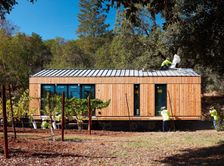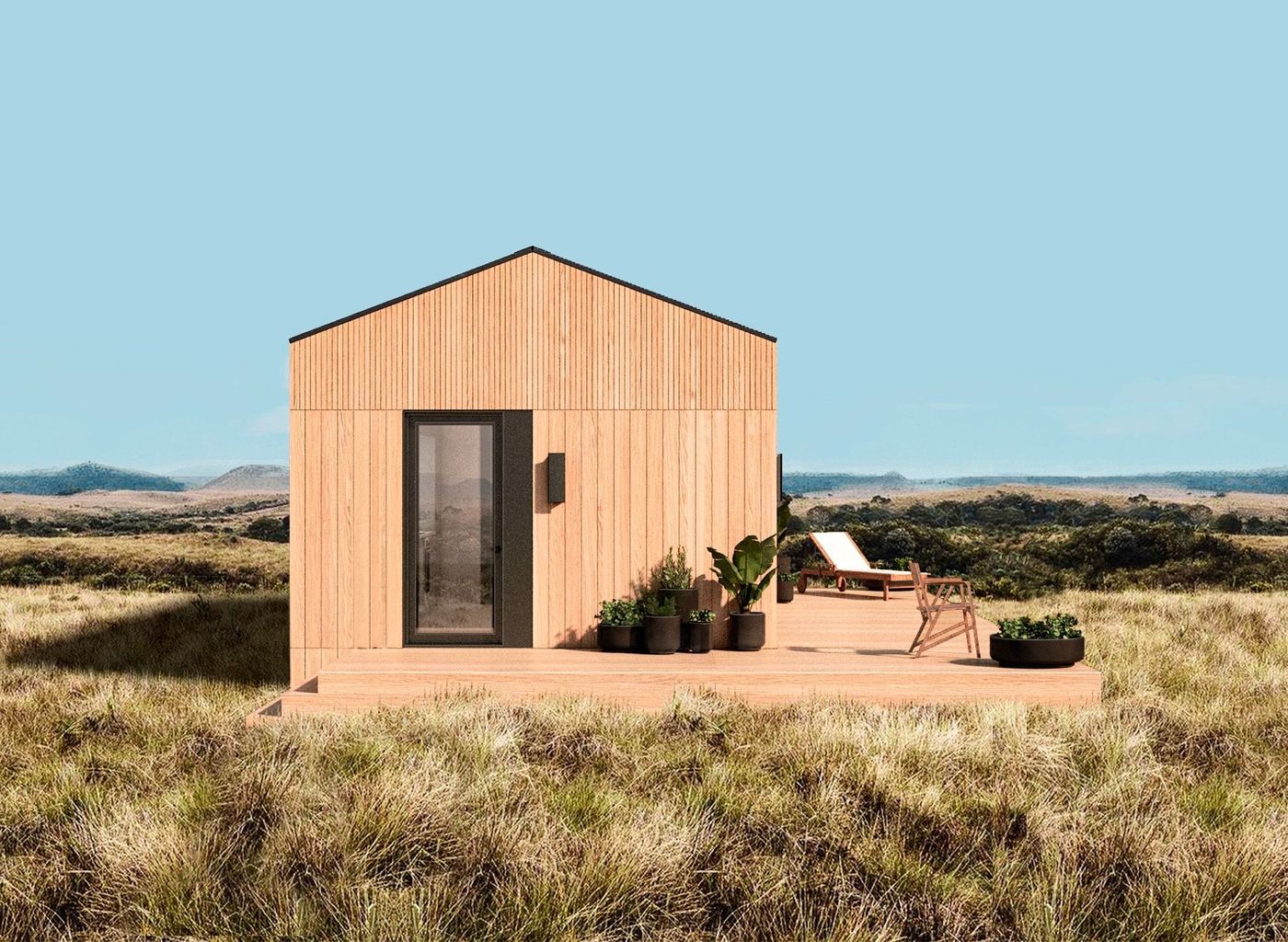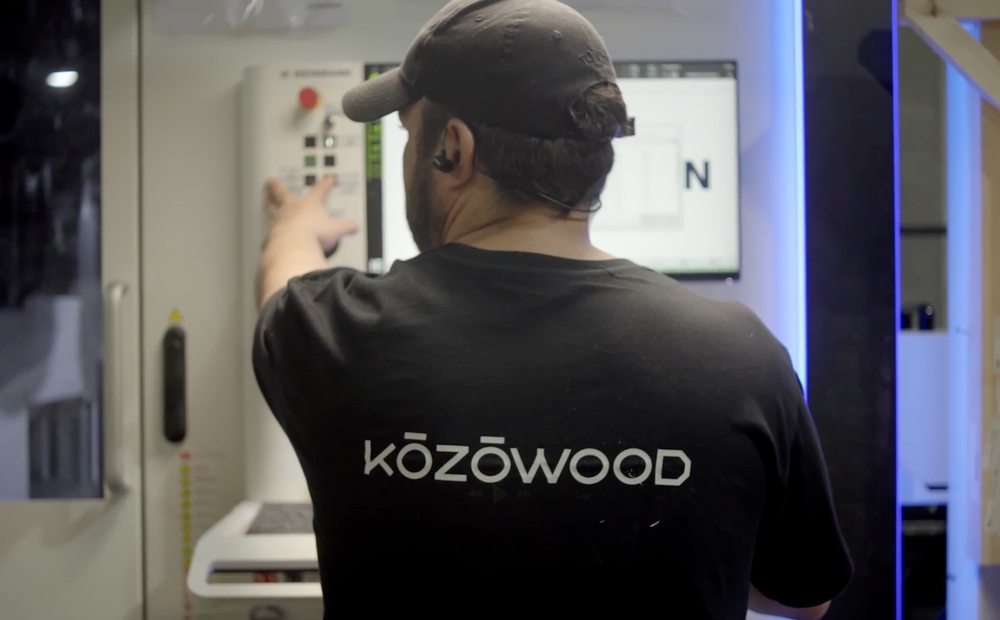(01)
Overview
Kozowood had a vision for customers to enjoy the backyard for good.
Transforming a wild, private into a resort is no simple task- especially if vour top concerns are sustainability and wellness. For their first foray into Africa, the luxurious Six Senses brand chose Félicité Island as their first port of call. One of the Seychelles' inner Granitic islands and the fifth largest in the nation of 115 islands, Félicité is a gorgeous and challenging site, but Six Senses let their dual pillars of sustainability and wellness guide the way. Our purpose is to use light to positively transform environments, communities, and lives. The brand was founded in 2009 by three Rhode Island School of Design graduates—Theo Richardson, Charles Brill, and Alexander Williams—and there’s now about 60 team members across innovation, engineering, operations, marketing, sales, and finance. It’s grown quite a bit since the early days.
- Item 1
- Item 2
- Item 3
Guests are more confident to book our highest-end products online thanks to Selfbook’s efficient and clean design.
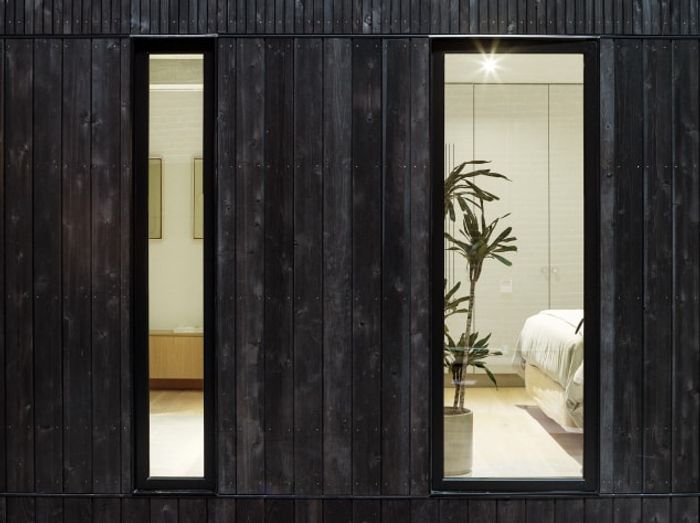
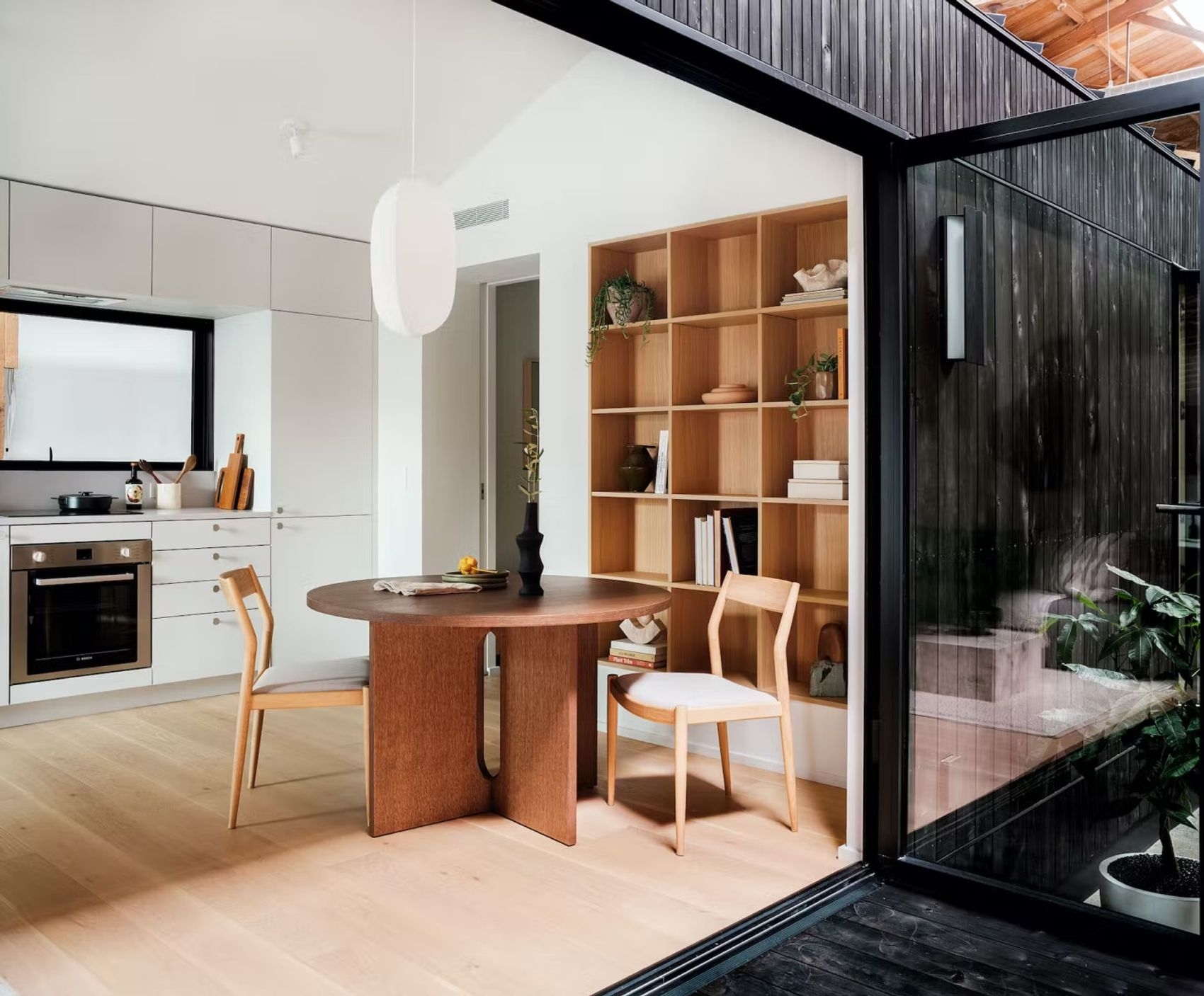
Norm Architects chose the Mori pendant because of the rounded textural quality it added to the room’s angles and clean lines.
Image by Photo by Benjamin Rasmussen
(02)
The Product
What would you say characterizes a Kozowood product?
We believe in the power of light to create atmosphere. Good lighting helps to shape our sense of well-being and plays a role in productivity and improving everyday life—it can fill a room with optimism and energize us, or help us unwind and relax. I think what sets RBW apart is our forward-thinking, technology-driven approach to design, which invents lighting solutions that are out of the ordinary—unprecedented shapes, or subtle upgrades to familiar forms. Our DNA is all about intuitive ease and simplicity, integrity of craft and material, and high-quality lighting with a playful point of view.

The Mori Pendant is made of webbed nylon skin over a wire frame and is finished with a matte lacquer.
Image by Photo by Benjamin Rasmussen
(03)
About you
If you had a Kozowood House, how would you use it?
I’m based in upstate New York and have been hoping to build a Scandinavian-style house on some land—as someone who is very design-minded, however, I’m concerned that it would be really tough to achieve this with local fabricators and materials. I would love the possibility to just crane in this beautiful structure and use it as a wonderful, efficiently sized living space with high design, beautiful finishes, and quality construction.

The 12-foot folding glass wall, custom made by NanaWall, connects indoor and outdoor spaces seamlessly in the Dwell House while the Mori Pendant acts as a focal point in the space.
Image by Photo by Benjamin Rasmussen
(04)
FAQ
Here’s some answers.
I’m based in upstate New York and have been hoping to build a Scandinavian-style house on some land—as someone who is very design-minded, however, I’m concerned that it would be really tough to achieve this with local fabricators and materials. I would love the possibility to just crane in this beautiful structure and use it as a wonderful, efficiently sized living space with high design, beautiful finishes, and quality construction.
Wood is an organic and natural material with a cellular structure.
Wood is an organic and natural material with a cellular structure. The woody tissue is composed of fibers, oriented in the longitudinal direction of the tree trunk. This cellular organization, similar to tubes aligned with the trunk, is the structure idealized by nature to guarantee the support of the tree and the transport of nutrients. As trees exhibit different growth rates – in Europe, they only grow in spring and summer – we will have different fibres, tubes. The initial wood (Spring wood), lighter in color, is fast growing and therefore less resistant. The final wood (summer wood), because it grows in the presence of less water, is darker and more resistant due to its slower growth. Hence, it is not strange for someone who works with wood to associate density with mechanical properties. Higher density, that is, fibers or tubes with thicker walls, correspond to greater resistance. The heaviest woods are those with superior resistance. Likewise, higher densities are usually associated with greater durability. It makes sense, since higher densities, i.e. Tropical woods, on the other hand, normally have a less variable growth rate throughout the year, which leads to greater homogeneity in the wood, and hence greater difficulty in identifying the growth rings (light ring and dark ring). This cellular organization, by fibers aligned in the longitudinal direction of the tree trunk, also allows explaining the anisotropic behavior of wood. Wood has mechanical responses that differ depending on the direction of application relative to the fibers (anisotropy). Now, a tube, a fiber, has a different resistance when subjected to compression or tension. And your answer differs whether the compression is parallel to the fibers or perpendicular. And the same goes for traction. For example, a fiber when subjected to compression parallel to its longitudinal axis undergoes buckling. But when subjected to compression perpendicular to its longitudinal axis on diametral compression and there is crushing there. With regard to traction, when applied parallel to the fibers, we can say that the resistance is good (a tube presents a good resistance to axial traction) but, when applied perpendicular to the fibers, and as the fibers are aligned in the longitudinal direction of the trunk, the resistance is very reduced, since it is easy to separate the fibers in this direction. This is how the woodcutter opens, splits, the wood: placing the ax and/or wedges in the longitudinal direction to “open”, in the perpendicular direction, the fibers. Bearing this analogy in mind, it becomes easy to understand the effect of the presence of wood knots. A knot does not interrupt the fibers, but diverts them. The larger the knot, the greater the deviation of the fibers relative to the longitudinal direction of the trunk. The greater the deviation, the greater the perpendicular component when we subject a wooden element to axial traction. As the perpendicular traction is very low, when this component increases, the final, global resistance decreases. Hence, for those who work in the area, it is intuitive to say that clean wood, without knots, or with smaller knots, presents better quality and correspondingly superior mechanical resistance. Wood is the only construction material that allows “only” its visual appreciation to predict its mechanical behaviour.
Wood is only durable under certain conditions.
Wood is only durable under certain conditions. Wrongly, wood is usually associated with low durability. In fact, there are examples that demonstrate that wooden buildings can last for centuries. Under certain conditions, the durability of wooden constructions can be increased. The main degradation agent is water. The most severe is fire, without a doubt. However, the one that is most frequent is water. However, it is not water per se that is the agent of degradation. In fact, with the presence of water, the water content of the wood rises, creating favorable conditions for the appearance of degradation agents such as fungi, insects and termites. In a simple way, it is known that if we keep the water content of the wooden elements below 20%, the risk of degradation is minimal. This must be our main preventive measure. Then, we know that there are wood species that have a natural durability that is more suitable for certain applications. It is up to the designer not only to carry out safety calculations, but also to select the most suitable wood species for a given application. If the natural durability is not enough for the level of aggression that the surrounding environment represents, the wood must be treated. However, not all wood species are likely to be treated, or admit the same level of treatment. The durability of a wooden construction is closely associated with the constructive detail. The details must promote ventilation of the wood and avoid the accumulation of water in contact with the wood. One should try to reduce the direct contact of the wood, particularly in its longitudinal direction (it is in this direction that the fibers are aligned, so it is easy to transport water inside the fibers in this direction), with all possible sources of water.
Wood is easy to work with.
The wood is easy to work with, cut and drill. It's a facility that sometimes represents a disadvantage. As it is easy to work with, it often requires less care on site, or a certain devaluation. It is common to assume that even someone with limited building skills or even manual work would not have much difficulty building with wood. This less technological, more archaic aspect is quite penalizing for wooden construction and is still entirely wrong. Wood construction today uses the most modern technological and digital processes available. When we talk now about the importance of prefabrication, digitization and, for example, BIM, the wood industry advocates in these areas. Wooden construction is by definition prefabricated. Nowadays, all wooden construction elements are designed, produced using CAD/CAM and CNC technology. The accuracy is in the order of millimeters.
Wood is an anisotropic material.
Based on the above analogy of the constitution of wood with fibers oriented in the longitudinal direction of the trunk, it becomes easy to understand this concept. Wood presents different physical and mechanical performances depending on the direction in relation to the fibers. In the direction of the fibers, its mechanical resistance, traction and compression, is high. It is in this direction that the porosity is greater so in this direction it is easy for the water to circulate inside it. In the perpendicular direction, the tensile strength is very low. The compressive strength perpendicular to the fibers is lower than that in the parallel direction, but it presents an interesting ductile behavior, wisely exploited by master carpenters in the design of carpentry connections with their notches, tenons, wicks, etc.

